Towards large-scale GW calculations for core and valence excitations
- Speaker:
- Time:14:15 - 14:45
-
Abstract
Dorothea Golze
TU Dresden
While the GW method is widely used for computing valence excitations in solids and molecules, its application to deep core levels with excitation energies larger than 100 eV is a relatively recent development. Core-level spectroscopy probes the local atomic structure without any restrictions on symmetry or periodicity, making it a powerful tool for chemical analysis and materials characterization. We have demonstrated that GW yields accurate absolute and relative core-level binding energies, with deviations of 0.3 eV and 0.2 eV from experimental values, respectively [1, 2]. This talk discusses our recent efforts to extend the computation of core-level energies to complex materials. Our large-scale strategies combine machine learning approaches with the development of low-scaling GW algorithms. These algorithms address both core and valence excitations. We show that the low-scaling implementations are accurate, with a mean average deviation of less than 5 meV compared to the canonical algorithms.
[1] D. Golze, L. Keller, P. Rinke, J. Phys. Chem. Lett., 11, 1840-1847 (2020).
[2] J. Li, Y. Jin, P. Rinke, W. Yang, D. Golze, J. Chem. Theory Comput., 18, 7570-7585 (2022).
[3] D. Golze, M. Hirvensalo, P. Hernández-León, A. Aarva, J. Etula, T. Susi, P. Rinke, T. Laurila, M. Caro, Chem. Mater., 34, 6240-6254 (2022).
[4] R. Panadés-Barrueta, D. Golze, J. Chem. Theory Comput., 19, 5450-5464 (2023).

